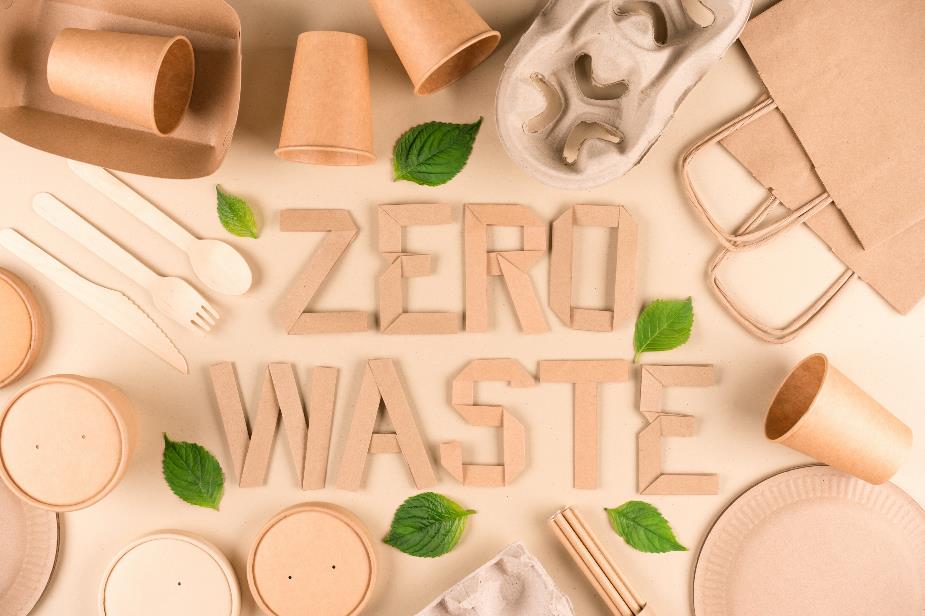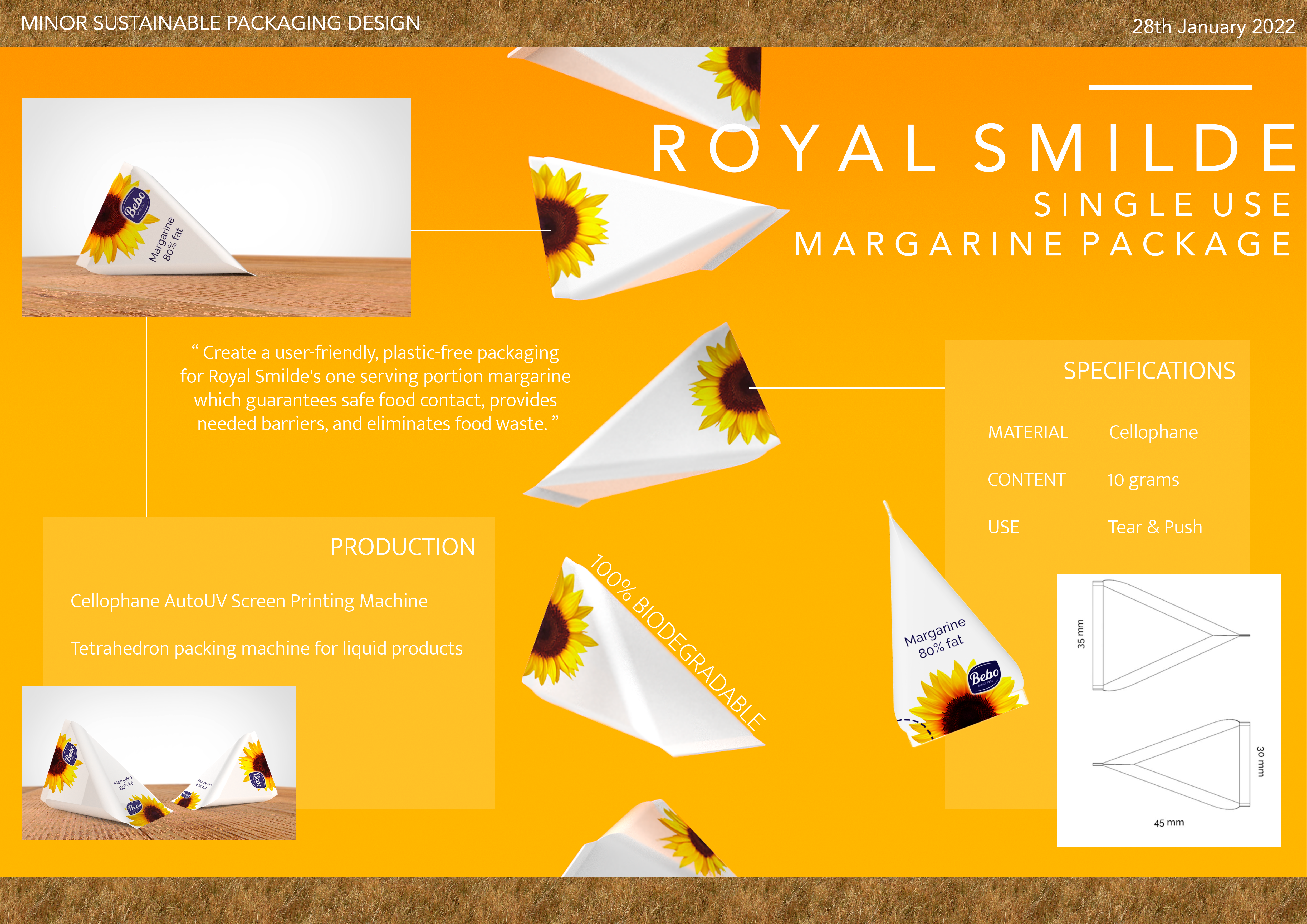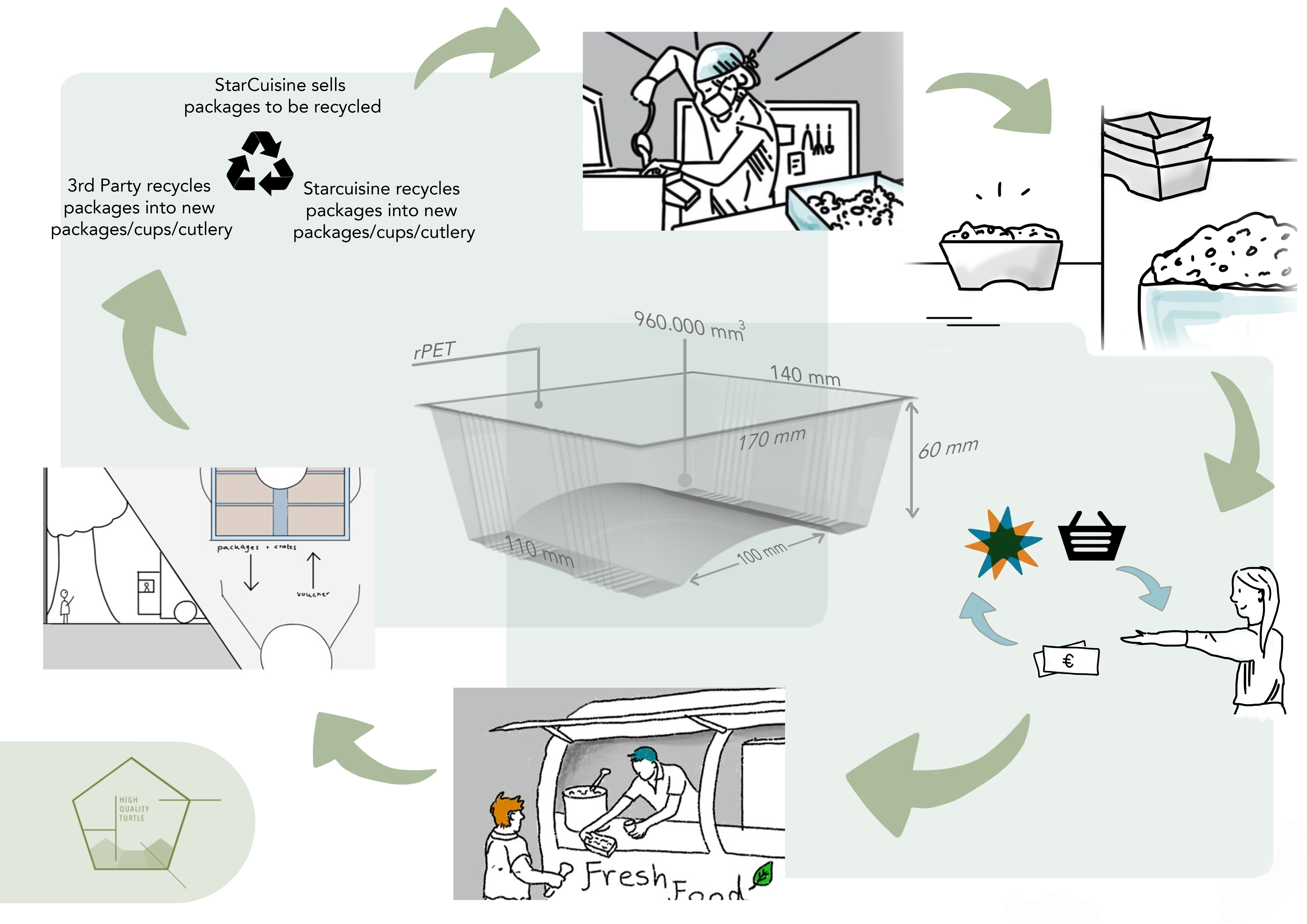Sustainable packaging: together we can do it!
20 June 2022
If you look in your waste bin, you will see that most of the waste consists of packaging material. And especially food packaging. After all, butter, spaghetti and takeaway food cannot be transported without packaging.

If you look in your waste bin, you will see that most of the waste consists of packaging material. And especially food packaging. After all, butter, spaghetti and takeaway food cannot be transported without packaging. To ensure that all this packaging has the least possible impact on the environment, we are working hard on sustainability innovations in the Goed Verpakt consortium. In various minors, our students, together with companies, consider how they can turn the packaging industry around. Student Anne and client Jos tell about their experience.
Anne van Gelderen is studying Industrial Design Engineering (IPO). She did two minors in the field of packaging. She says: "Especially in the second minor I learned a lot. The Royal Smilde company was looking for a good alternative to the single-use plastic margarine tubs that they sell to hotels, for example. When choosing materials, we had to take into account not only durability, but also the interaction with the product. For example, the properties of margarine can change when exposed to light. So we had to look for material that was opaque and as durable as possible. We ended up with cellophane. That is 100 per cent biodegradable and you can make it opaque."

Understanding processes and the playing field
Anne's project group, all international students from different degree programmes, also took other considerations into account in the design. They have chosen a shape that is easy to stack, for example, to minimise empty space during transport. Jos van Mil of Greenco saw a similar development with students who started working for 'his' Tommies snack tomatoes. "It's nice that during this course students realise how many things you have to take into account. It's not just about beautiful packaging. You also have to deal with logistics, the wishes of retailers, the expectations of customers, you name it. That is why we invite students of the minor to the company, so that they understand our playing field and also our production processes. That they see, for example, that my design requires a different filling machine. And that they can then calculate what that investment does to the cost price."
Addressing consumers
Anne learned during the minors that you can make a big difference with small design adjustments. "In the first minor we designed reusable food containers for festivals. By making a bulge at the bottom in the shape of a leg, they suddenly became much more user-friendly. This way you can easily put them on your lap and eat in peace. To ensure enthusiastic consumers and successful packaging, user-friendliness is therefore also important." "As is recognisability," adds Jos. "Consumers are used to their product being in a certain package, and after the change they might miss it a few times. This in turn makes retailers nervous because sales figures decline. That is why I would like it if we could also involve supermarket chains in the consortium. At the end of the day, they decide what goes on the shelves.

Fresh ideas
For Tommies, the Columbus’ egg was not there yet, but the work of the students provides a lot of inspiration. Jos: "They view things very differently to us, which generates fresh ideas and ways of thinking. And certain sustainability calculations made by students really amazed me. In turn, we take them on board with our thinking and what we have already tried. That is how you inspire each other. All in all, I think this kind of pathway could be interesting for a lot of companies. In any case, we will definitely continue with it."